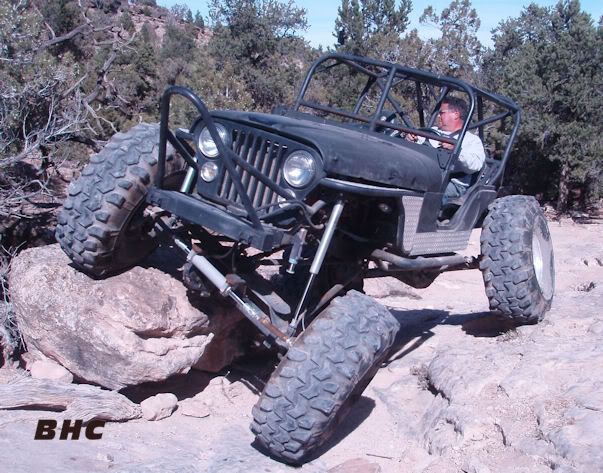Finally, I get it...thanks!But, assuming I don't have a strap to limit the suspension from unloading, will the higher anti-dive help to keep the front end low? I'm not sure I get this yet...sorry. From what I've read, high anti-squat in the rear increases hopping on steep climbs when you're in a slip-grab-slip-grab situation versus a suspension with low anti-squat which tends not to hop. Now, up front you're saying that a high anti-dive setup is going to cause bad hopping too, which if it were act the same as the rear, this would actually cause the front not to hop based on the inverse relationship with the rear. But, you're not saying that, right? You're actually saying that if I had less anti-dive up front, it would actually climb better than one with more anti-dive, which to me doesn't make sense. We've all seen the rigs that pull up a big rock with both tires and before the front end even begins to climb the rock, the front suspension completely unloads (fully extends) before the tires begin to climb up the face of the rock. To me, this would be a low anti-dive front setup, correct? On the opposite side of that, a high anti-dive setup would not unload the front suspension, in fact it would suck up and climb the rocks with little to no binding, or at least less than one with low anti-dive, correct?



